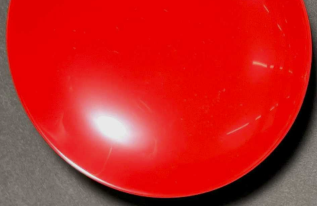
We consider the estimation of surface roughness to reproduce the appearance of objects with smooth and glossy surfaces such as lacquerware and plastic objects. Two methods comprising measurement-based and image-based roughness are used for estimation. First, a laser scanning system is used to measure the microscopic surface height of the target object and calculate the surface normal vectors at every grid point from the height information. The surface roughness is then calculated as the 2D deviation of the surface normal vectors. Next, the Beckmann roughness parameter is then estimated using a high-dynamic-range (HDR) image captured from a flat surface of the target material. The specular lobe is approximated using the Beckmann distribution function with a surface roughness parameter. Furthermore, images are rendered to reproduce the surface appearance and confirm the reliability of the estimated roughness parameters. We study the relationship between the measurement- and image-based roughness and find a linear relationship between them. The Beckmann roughness parameter required for image rendering is predicted from the measured roughness.
Shoji Tominaga, Motonori Doi, "Surface Roughness Estimation for Reproducing Appearance of Glossy Object Surfaces" in Color and Imaging Conference, 2024, pp 179 - 184, https://doi.org/10.2352/CIC.2024.32.1.31
 Find this author on Google Scholar
Find this author on Google Scholar Find this author on PubMed
Find this author on PubMed